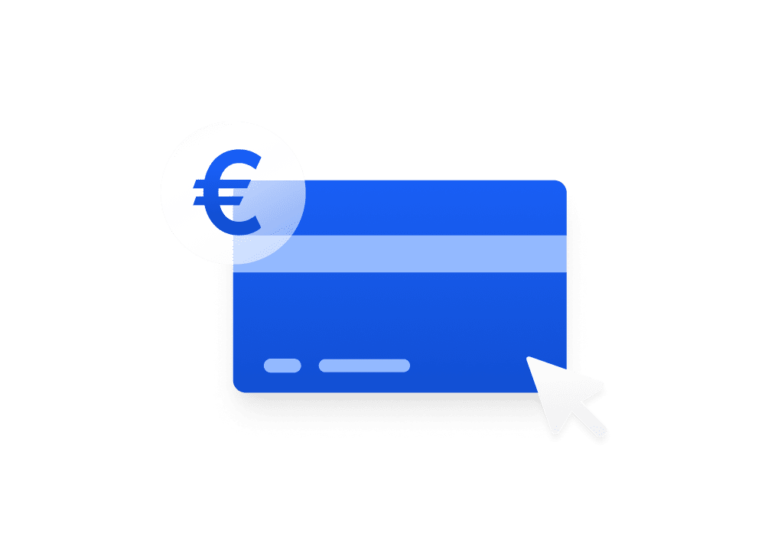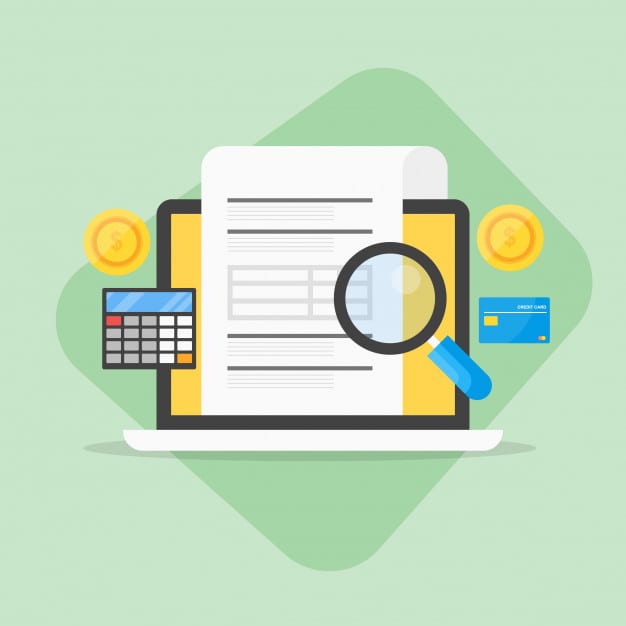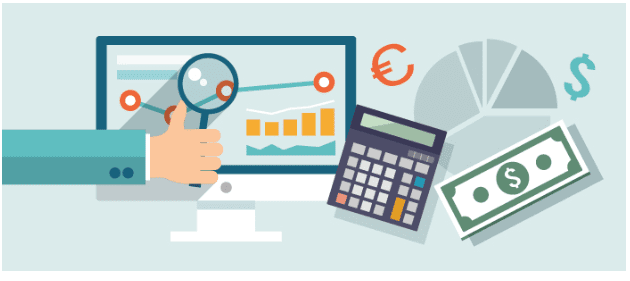Do you want to improve your decision-making process? Of course you do! It’s a guaranteed way to experience higher levels of success for any corporation. Many business owners, however, don’t know how to leverage data and perform data analysis to aid the making of their decisions.
If you want to remain competitive in the over-saturated commercial market, gut instinct is no longer enough; you need to use the data that lays at the heart of your organization to power its progress.
With technology solutions underlying almost every single aspect of your business, you can use the valuable sets of data that it creates to see exactly what is happening within your organization. This information can then be used to make your business more adaptable and agile by testing out different scenarios and seeing what results, if any, they yield.
3 Tips for Data Analysis to Aid Decision Making
So, you want to get started with using data but don’t know how? In this brief article, we are going to quickly cover 5 tips that you can take inspiration from to better your organization’s data utilization.
When you utilize and analyze data better, your decision making improves. It’s simple!
1. Don’t let your data lead you astray
Just because you have a whole load of data available does not mean that it will all lead to an improvement in the way you do business. In fact, lots of data can easily lead you astray.
Data and data analysis are only as valuable as the insights that you can draw from it. With the wealth of information that is floating around, it is easy to find yourself being led down the wrong path.
The key to getting real value from your data is identifying which datasets to use and which to avoid. Ask yourself these questions:
- Where did the data come from, and is it truly representative?
- If you’ve made assumptions based on the data, would these assumptions still stand under a different set of results?
- Would independent variables change the results?
- Could you use a different analytical approach?
Doing so will help you figure out what to use and what to avoid.
2. Target the right data
Once you have figured out which areas of your business will benefit the most from data analysis, it is time to target which data sets will answer the questions we set out above.
Doing so involves looking at the valuable data you already have and figuring out which sources provide the most information that is of value. This helps streamline your data. Remember that when you have different departments using different systems to collect, gather, and report different things as part of their day-to-day, this can lead to inaccurate data reporting. The very best data analysis systems will be able to analyze data sets from different sources and cross-reference them.
Targeting data to analyze according to your business objectives will help run down the costs of not only data storage, but it will also make the process a whole lot more efficient.
3. Turn your data analytics and insights into action
You can only gain from data when you take action based on the information you have found. The way that you present your insights will determine how much you will gain, too.
There are plenty of business intelligence (BI) tools out there that can pull together even the most complex data sets and present them in a way that makes your insights a lot more useable and digestible by decision makers.
It’s not about creating pretty graphs and making reports, though—it is more about visualizing the data insights in a way that is useful and relatable. This makes it all the more easy to see what actions need to be taken and, ultimately, how the information can be used by your business.
Although becoming a data-driven business is more difficult and involved than waking up tomorrow and deciding to use all your data to better your bottom-line, it becomes easier to do when you know what you are doing. By having the right data analysis and business intelligence tools and having the right technological architecture in place, you can benefit hugely.











